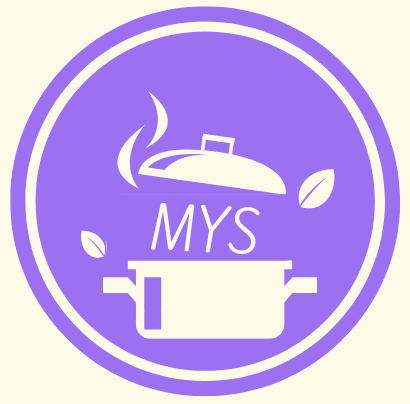The Temptation of Ultra Processed Foods
It’s hard to look at a packet of Monster Munch or a chocolate biscuit without thinking about “ultra-processed food” (UPF). The nostalgia of a Frazzle or the craving for a Hobnob with tea might still pull you in, though.
A Growing Awareness of UPFs
For those who’ve read Ultra Processed food People by Dr. Chris van Tulleken, checking food labels has likely become second nature. From pasta sauces to bread, the list of unrecognizable additives can feel overwhelming.
“UPFs are industrially processed and contain ingredients you wouldn’t use in a home kitchen,” explains food writer and nutritionist Delicia Bale. These foods are high in calories, fat, sugar, and salt but low in essential nutrients. They’re also designed to be addictive, making it easy to overconsume without realizing it.
Read More: You can make protein powder at Home, and It Actually Tastes Good
Surprising Sources of Ultra Processed Foods
It’s not just crisps and biscuits—unexpected foods like stock cubes, shop-bought pastry, and even some tins of coconut milk can be ultra-processed. Bread, in particular, is a common culprit. Homemade bread is simple: flour, salt, water, and yeast. But the store-bought version often comes with a laundry list of additives.
The Health Risks of Ultra Processed Foods
Even with awareness of UPFs, avoiding them is challenging because they’re everywhere. The health risks are real: obesity, type 2 diabetes, heart disease, and certain cancers have all been linked to high UPF consumption.
Making Homemade Alternatives Easy
To help people reduce UPFs, Bale has written her debut cookbook, Unprocessed Made Easy. “Many people don’t know where to start,” she says. Her book offers practical swaps for everyday meals, from granola to pizza, without breaking the bank or taking hours in the kitchen.
Why We Rely on UPFs
The convenience of ultra-processed foods is undeniable. They save time, especially for busy people. Bale acknowledges this without judgment but stresses that studies consistently show no positive health outcomes from consuming UPFs.
A Personal Journey Toward Healthier Eating
Growing up with a personal trainer mom, Bale ate healthily from a young age. While studying nutrition at the University of Surrey, she started writing recipes and photographing food, eventually amassing a large social media following. Her approach to reducing UPFs is rooted in sustainability, not restriction.
Cultural Differences in Food Habits
Bale noticed stark differences between eating habits in Canada and Britain. “In Canada, main meals are more unhealthy, but snack foods like crisps and chocolate aren’t eaten daily. Here, they’re a regular part of packed lunches.”
The UK’s Love Affair with UPFs
Britain consumes more UPFs than most other European countries, with nearly 60% of the diet coming from these foods. For teenagers, the number is even higher—close to 80%.
Starting Small: Swapping Instead of Quitting
Bale emphasizes that reducing ultra processed foods doesn’t mean cutting them out entirely. Start with one meal a day. Small changes are less overwhelming and more sustainable. “Restrictive mindsets can lead to guilt and giving up,” she says. “It doesn’t have to be difficult.”
You Can Do It
Reducing UPFs is achievable with simple swaps and small adjustments. Bale’s book is a practical guide to eating better without overhauling your entire lifestyle.
Unprocessed Made Easy by Delicia Bale is available now (£20).


